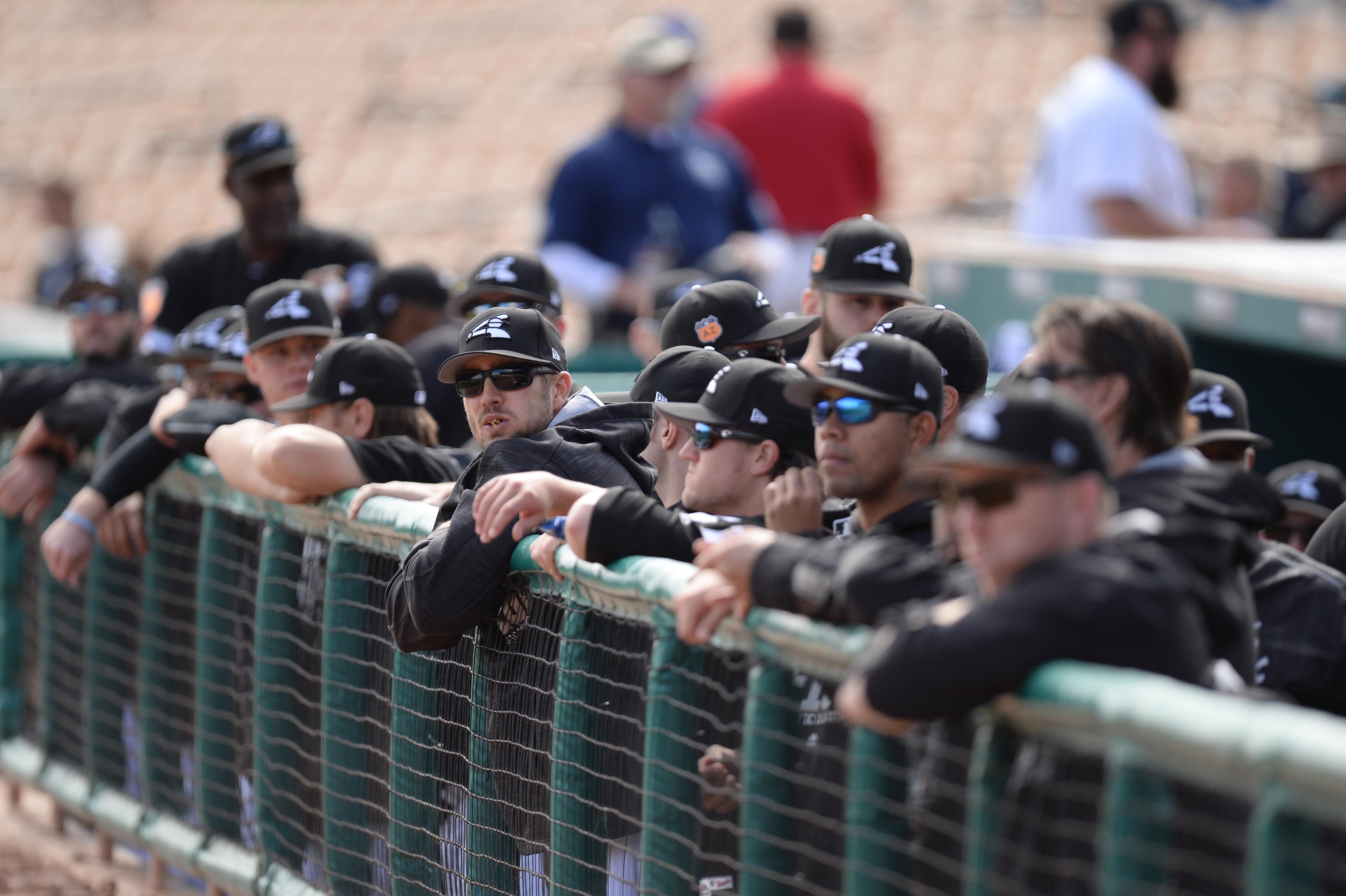On the one hand, the arguments to draft Zack Burdi with the 26th overall pick in 2016 were pretty clear: relievers are playing a bigger role on major league rosters than ever before, and Burdi looked like a basically ready-to-go out of the box late inning reliever, with huge velocity and two potential plus secondary pitches. That could still be the result, although a year was lost to Tommy John surgery. One argument against drafting someone like Burdi in the first round is illustrated nicely by the three gentlemen who are the subject of this piece: If you’re good, you can find strong late inning relievers for less resource investment than a first rounder.
- Ian Hamilton is the most exciting of this group. Acquired 10 rounds later than Burdi in the 2016 draft, Hamilton’s progress has gone virtually as well one could possibly imagine. He boasts a fastball touching triple-digits and pairs it with a vicious low-90s slider. In the two years since he was drafted, Hamilton has used that arsenal to emphatically suplex minor league hitters into the dumpster. 2018 saw him throw 51 2/3 innings across Double-A and Triple-A wherein he posted an ERA of 1.74 with 52 strikeouts against only 8 walks and one home run. It took major league batters to finally challenge him, as he did give up two homers in Chicago in only eight innings, and his strikeout rate was middling in that brief audition. Hamilton had mentioned his slider occasionally not behaving the way he wanted it to, but there’ are plenty of reasons to pencil him into the high-leverage portion of the 2019 bullpen right out of the gate and to expect him to thrive. One negative corollary here is that an 11th round pick basically did what you wanted your first rounder to do. Second, it shows that even when a relief prospect hits his 80th or 90th percentile outcome (at least so far), it doesn’t really change the organization’s overall outlook. That said, finding stud relievers after even the second round is a huge bonus, and as we can see in Milwaukee, if the starting pitching is even OK, you can get a lot done with a plus bullpen.
- Ryan Burr must be named alongside Hamilton, but his timetable has basically matched his flashier 18th century counterpart. Like Hamilton, Burr was acquired relatively cheaply in a trade for international free agent pool money sent off to Arizona. He doesn’t throw as hard as Hamilton, and his results were not nearly as shiny at pretty much any level. He also changed his pitching style to work more up in the zone at the White Sox’s request, and had an adjustment period before breezing through Charlotte to make his debut at the end of the 2018 season. Renteria used him sparingly once he arrived on the South Side, and he certainly had a rocky time of it in his first look at the majors. He may not be the closer/elite-eighth inning fireman type Hamilton and/or Burdi look like they should be, but the White Sox got him essentially for free and can just plop him into the heart of what is looking like a really strong home-grown bullpen.
- Caleb Frare is one of an increasingly large fraternity of pitchers: relief prospects the Yankees found out of nowhere who they have to get rid of because they have too many to protect on their 40-man. The Yankees got Frare out of Custer County High School in Montana in the 11th round of the 2012 draft. Throwing in the mid-90s from the left side with a nice slider, Frare also got a brief look at the majors in September. While he slots in behind Jace Fry as the best lefty in the bullpen, Frare should also break camp with the major league team barring another Jake Peter-for-Joakim Soria-and-Luis Avilan style trade over the winter. Between Jace Fry, Frare, and Aaron Bummer, the White Sox now have three lefties who look like credible assets and … well are you noticing the trend here? Frare was acquired for IFA money the White Sox couldn’t use and he may be part of a really strong bullpen as soon as 2019.
Given how shaky the position player group has looked and how downright terrifying the starting pitching situation is, it really isn’t hard to see that 2018 saw the tip of a potential flood of really strong relievers who may be an organizational strength over the coming years. This trio rates highly among them.
